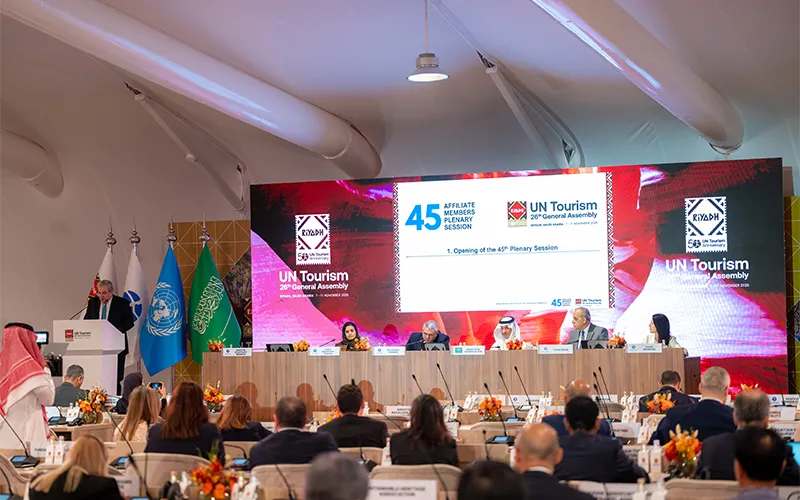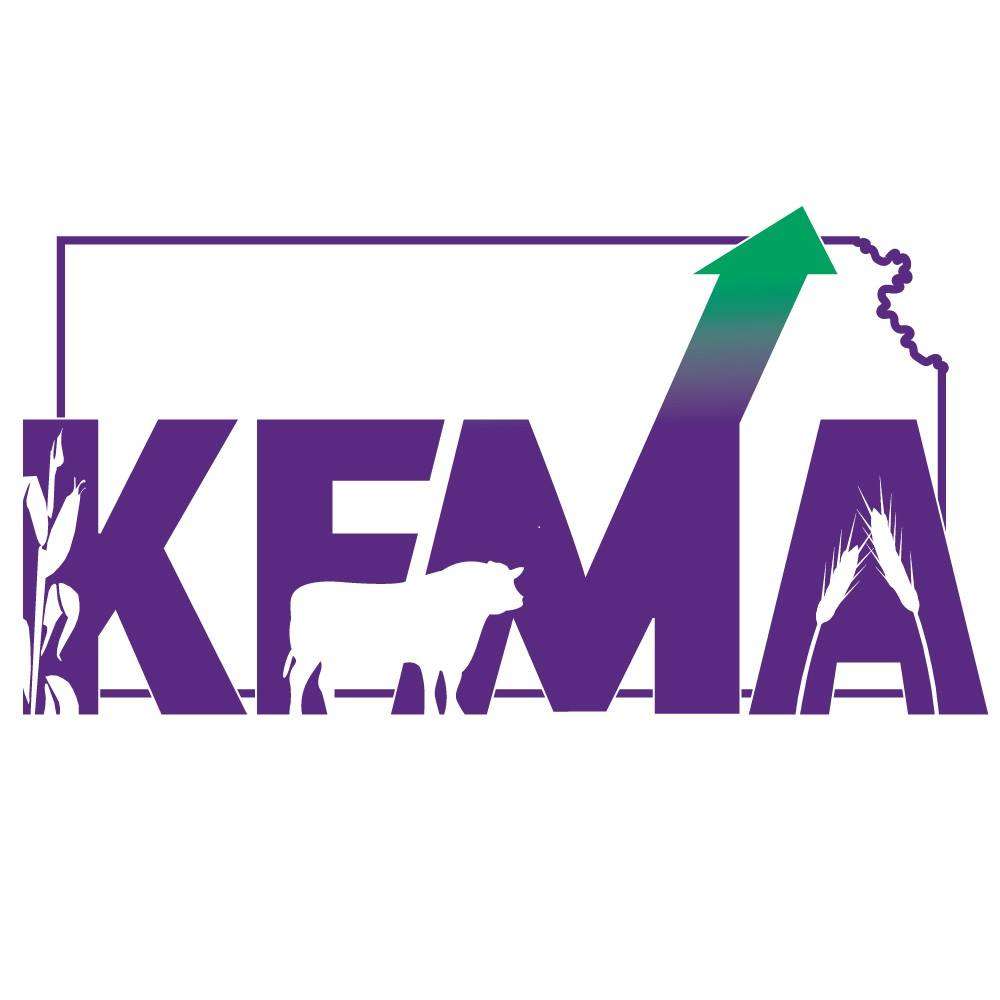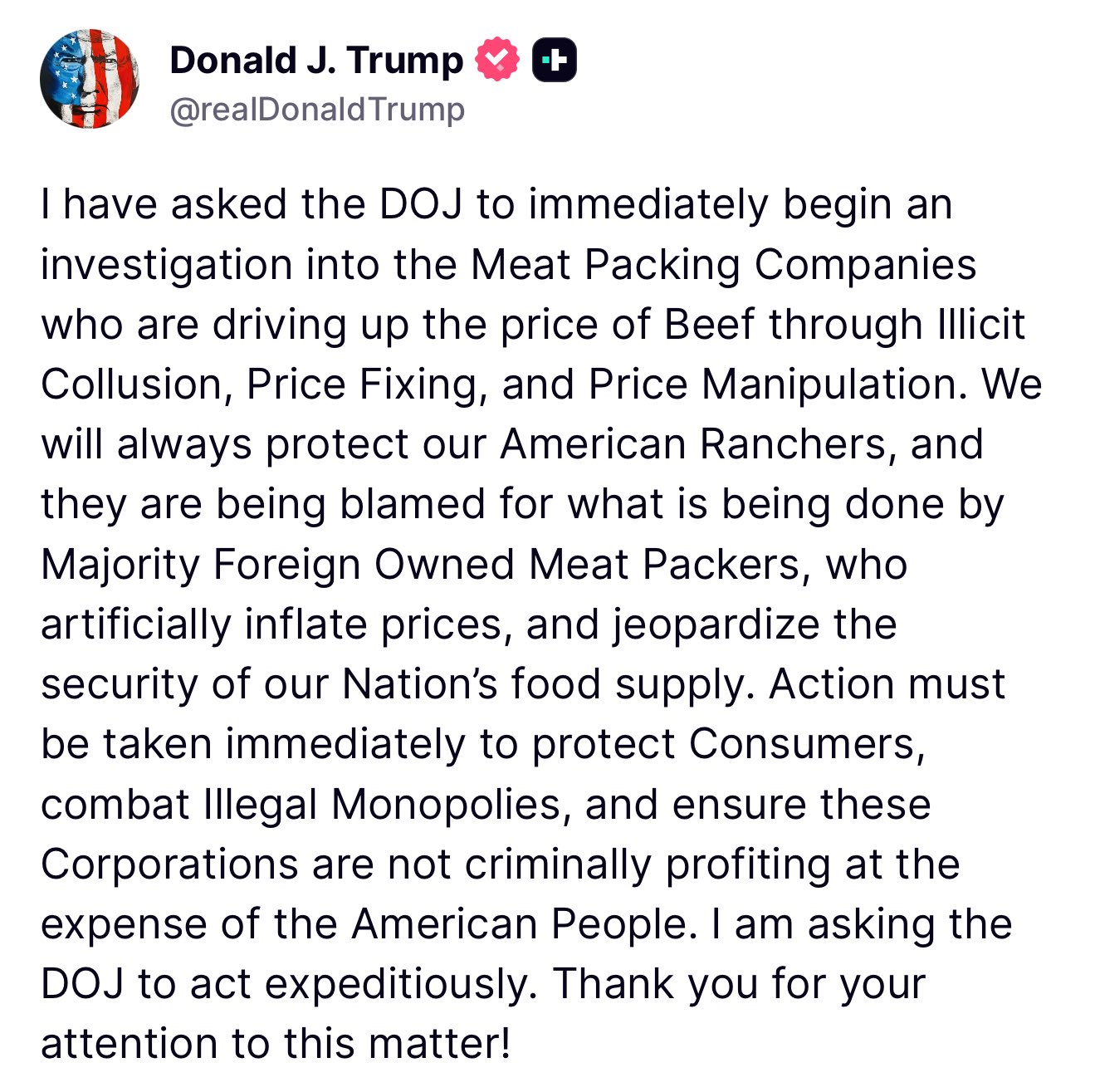A Grassroots Mission to End Hunger in Sarasota and Manatee – Sarasota Magazine

Report on the Operations and SDG Alignment of Mayors’ Feed the Hungry
Organizational Overview and Mission
Mayors’ Feed the Hungry, established in 1987, is a community-based, volunteer-driven organization dedicated to combating food insecurity in Sarasota and Manatee counties. Initially conceived as a holiday food drive, the organization has evolved into a year-round initiative. Its primary mission directly supports the United Nations Sustainable Development Goal 2 (SDG 2), which aims to achieve Zero Hunger by ensuring access to safe, nutritious, and sufficient food for all people.
Operational Model and Community Impact
Strategic Partnerships and Resource Distribution
The operational framework of Mayors’ Feed the Hungry is a testament to the power of local collaboration, directly reflecting the principles of SDG 17 (Partnerships for the Goals). The organization functions without significant physical infrastructure, such as warehouses or vehicle fleets. Instead, it leverages a network of non-profit agencies and food pantries to facilitate the collection and distribution of resources. This decentralized, grassroots model allows for agile and rapid response to community needs, particularly during local emergencies.
Key Achievements
To date, the organization’s efforts have resulted in the distribution of substantial aid, directly contributing to SDG 1 (No Poverty) and SDG 2 (Zero Hunger). Key metrics include:
- Over 650 tons of food delivered to individuals and families.
- More than $4.5 million in food gift cards distributed.
- In 2024 alone, over $100,000 in gift cards were provided, with allocations targeted for Thanksgiving ($30,000) and the December holiday season ($70,000).
Alignment with Sustainable Development Goals (SDGs)
The work of Mayors’ Feed the Hungry extends beyond its primary focus on hunger, contributing to a range of interconnected SDGs.
- SDG 2: Zero Hunger: The core mission is to alleviate hunger through direct food and resource provision. The emphasis on gift cards allows recipients to purchase fresh, nutritious food, enhancing food security and quality.
- SDG 3: Good Health and Well-being: By providing access to food, the organization addresses a fundamental determinant of health. A new program explicitly targets the social, mental, and physical needs of food-insecure individuals, including families, children, and the homeless, by mitigating social isolation.
- SDG 11: Sustainable Cities and Communities: The organization strengthens community resilience by creating a responsive support system for vulnerable populations. Its ability to mobilize quickly during natural disasters makes local communities safer and more inclusive.
- SDG 17: Partnerships for the Goals: The entire operational model is built on multi-stakeholder partnerships with local government entities, non-profits, and community members, demonstrating an effective local implementation of this global goal.
Fiscal Strategy and Programmatic Initiatives
Emphasis on Financial Donations
Mayors’ Feed the Hungry operates with high fiscal efficiency. Due to its volunteer-led structure and minimal overhead, financial contributions are converted directly into food assistance. This “cash over commodities” approach ensures that nearly every dollar donated serves its intended purpose of feeding those in need.
Holistic Support and Dignity
The organization encourages the donation of gift cards and cash to provide recipients with dignity and choice. This model empowers individuals to select food that meets their specific dietary and cultural needs. Furthermore, a new food insecurity program has been launched to expand services, reaching socially isolated individuals and addressing the complex interplay between food insecurity and overall well-being. This initiative reinforces the organization’s commitment to a holistic approach that supports social, mental, and physical health alongside nutritional needs.
Relevant Sustainable Development Goals (SDGs)
Based on the article, the work of Mayors’ Feed the Hungry directly addresses or connects to the following Sustainable Development Goals:
-
SDG 2: Zero Hunger
This is the most prominent SDG addressed. The organization’s core mission is to “alleviate hunger” and support those “facing food insecurity” in Sarasota and Manatee counties. The entire article focuses on the mechanisms of collecting and distributing food to people in need.
-
SDG 1: No Poverty
Food insecurity is intrinsically linked to poverty. By providing food and gift cards, the organization alleviates a significant financial burden for low-income individuals and families, directly contributing to poverty reduction efforts. The provision of over “$4.5 million in gift cards” is a form of direct economic relief.
-
SDG 17: Partnerships for the Goals
The article emphasizes that the organization’s model is built on collaboration. It is described as a “community-driven organization” that “partners with nonprofit agencies and food pantries.” This reliance on a network of partners to achieve its goals is a clear example of effective civil society partnerships.
-
SDG 11: Sustainable Cities and Communities
The initiative operates at a local community level, strengthening the social fabric of Sarasota and Manatee counties. By providing a rapid response network for food distribution, especially “during local emergencies and natural disasters,” it contributes to making these communities more inclusive and resilient.
Identified SDG Targets
The article’s content points to several specific targets under the identified SDGs:
-
Target 2.1: End hunger and ensure access to food
The article clearly aligns with this target, which aims to “end hunger and ensure access by all people, in particular the poor and people in vulnerable situations… to safe, nutritious and sufficient food all year round.” Mayors’ Feed the Hungry is a “year-round” initiative that explicitly targets “individuals experiencing food insecurity,” including “entire families, children, and homeless people.” The distribution of food and gift cards directly facilitates access to food.
-
Target 1.2: Reduce poverty in all its dimensions
This target aims to “reduce at least by half the proportion of men, women and children of all ages living in poverty.” By providing essential resources like food, the organization helps families allocate their limited funds to other necessities, thereby mitigating one dimension of poverty. The distribution of “$100,000 in total gift cards” in 2024 is a direct contribution to this target.
-
Target 17.17: Encourage effective partnerships
This target encourages “effective public, public-private and civil society partnerships.” The article describes Mayors’ Feed the Hungry as a “volunteer-operated initiative” that “relies on community partnerships to collect, sort, and distribute.” This model is a textbook example of a civil society partnership working to achieve a common goal.
-
Target 11.a: Strengthen national and regional development planning
This target focuses on supporting “positive economic, social and environmental links between urban, peri-urban and rural areas.” The organization’s network of “nonprofit agencies and food pantries throughout the Sarasota and Manatee regions” strengthens regional social support systems and development planning by creating an efficient, grassroots distribution framework.
Implied Indicators for Measuring Progress
While the article does not mention official UN statistical indicators, it provides several quantifiable metrics and qualitative descriptions that can be used as proxy indicators to measure progress toward the identified targets:
-
Indicators for Target 2.1 (End Hunger):
- Volume of food distributed: The article states the program has “distributed over 650 tons of food,” which is a direct measure of the amount of food provided.
- Value of food assistance provided: The distribution of “more than $4.5 million in gift cards to date” and “$100,000 in total gift cards” in 2024 serves as a financial indicator of the food access enabled.
- Reach of services: The expansion of the program to “explicitly target individuals experiencing food insecurity through social activities” indicates an effort to reduce the prevalence of food insecurity within the community.
-
Indicators for Target 17.17 (Partnerships):
- Existence and number of partnerships: The article’s statement that the organization “partners with nonprofit agencies and food pantries” serves as a qualitative indicator of the existence of a functioning partnership network.
- Operational model: The description of the organization as a “volunteer-operated initiative” that is “community-driven” indicates the successful mobilization of civil society.
Summary of Findings
| SDGs | Targets | Indicators Identified in the Article |
|---|---|---|
| SDG 2: Zero Hunger | Target 2.1: By 2030, end hunger and ensure access by all people, in particular the poor and people in vulnerable situations, to safe, nutritious and sufficient food all year round. |
|
| SDG 1: No Poverty | Target 1.2: By 2030, reduce at least by half the proportion of men, women and children of all ages living in poverty in all its dimensions. |
|
| SDG 17: Partnerships for the Goals | Target 17.17: Encourage and promote effective public, public-private and civil society partnerships. |
|
| SDG 11: Sustainable Cities and Communities | Target 11.a: Support positive economic, social and environmental links… by strengthening national and regional development planning. |
|
Source: sarasotamagazine.com

What is Your Reaction?
 Like
0
Like
0
 Dislike
0
Dislike
0
 Love
0
Love
0
 Funny
0
Funny
0
 Angry
0
Angry
0
 Sad
0
Sad
0
 Wow
0
Wow
0































































![Governing Health -Compensation Considerations for Health System Innovation Activities [Podcast] – The National Law Review](https://natlawreview.com/sites/default/files/styles/article_image/public/2025-10/Health AI Security Privacy Data Cyber Medical Doctor-309772690.jpg.webp?itok=i51uHMDx#)
_21.jpg?#)














